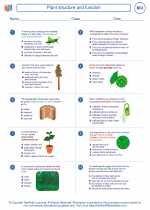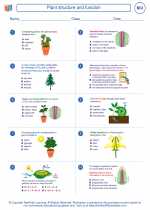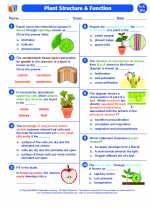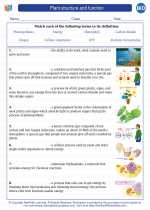Asteroids
Asteroids are small, rocky objects that orbit the Sun. They are remnants from the formation of the solar system and are mostly found in the asteroid belt, a region between the orbits of Mars and Jupiter. Asteroids can vary in size from a few meters to several hundred kilometers in diameter.
Composition and Types of Asteroids
Asteroids are primarily composed of rock and metal, with some containing ice and organic compounds. There are different types of asteroids based on their composition:
- C-type asteroids: These are carbonaceous asteroids and are the most common type. They are dark in color and are thought to have a primitive composition similar to the early solar system.
- S-type asteroids: These are silicaceous asteroids and are composed of silicate materials and nickel-iron. They are brighter in color and are thought to have undergone some amount of differentiation.
- M-type asteroids: These are metallic asteroids and are composed primarily of nickel-iron. They are relatively rare and are thought to be fragments from the cores of larger asteroids.
Study Guide
When studying asteroids, it's important to understand their characteristics, composition, and impact on the solar system. Here are some key points to focus on:
- Describe the location and distribution of asteroids in the solar system.
- Explain the different types of asteroids based on their composition.
- Discuss the potential impact of asteroid collisions with Earth and the measures taken to mitigate this risk.
- Explore the exploration of asteroids by spacecraft and the potential for mining resources from them.
- Compare and contrast asteroids with other celestial bodies such as comets and meteoroids.
Understanding the significance of asteroids in the solar system and their potential impact on Earth is essential for gaining a comprehensive understanding of the universe and planetary science.
.◂Biology Worksheets and Study Guides High School. Plant structure and function

 Worksheet/Answer key
Worksheet/Answer key
 Worksheet/Answer key
Worksheet/Answer key
 Worksheet/Answer key
Worksheet/Answer key
 Vocabulary/Answer key
Vocabulary/Answer key
 Vocabulary/Answer key
Vocabulary/Answer key
